Neuro-Oncology Research Laboratory
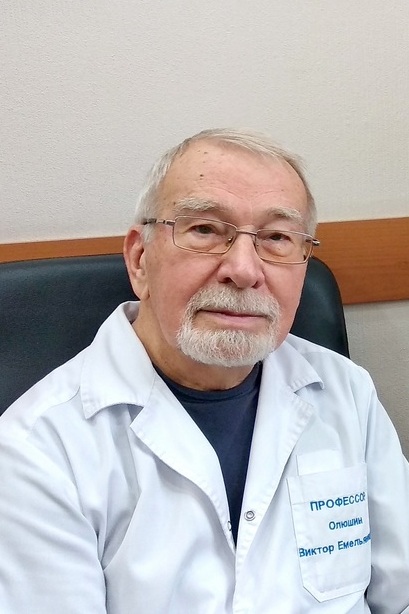 Prof. Victor Olyushin, MD, DSc
Prof. Victor Olyushin, MD, DScChief Researcher
The Neuro-Oncology Laboratory was established after the reorganization of the Department of Surgery for Brain and Spinal Cord Tumors at the Russian Neurosurgical Institute.
Treatment for astrocytic brain tumors has been one of its traditional research areas.
One of the unique topics for development is the study of the effectiveness of cellular antitumor vaccines. The Laboratory created a protocol for the clinical application of a proprietary method of specific antitumor immunotherapy based on autologous immune cells in patients with malignant glial tumors.
Since 2001, the Neuro-Oncology Department has been studying photodynamic therapy methods. A protocol was developed using a second-generation photosensitizer derived from chlorine – photoditazine, its effectiveness for intraoperative photo navigation was investigated and the principles of simultaneous use of photodynamic therapy with photo navigation were validated.
The department investigates the mechanisms of malignant transformation and the characteristics of cell growth as well as the molecular genetic characteristics of various CNS tumors (hemicistocytic tumors, gliosarcomas, anaplastic meningiomas).
The Research Laboratory develops and implements new methods of neurophysiological monitoring in the surgery of neoplasms located in the functional zones of the brain and skull base.
An important task is to pool the experience accumulated by the Russian Neurosurgical Institute in the treatment of neuro-oncological patients, study and evaluate the results, develop clinical guidelines and conduct clinical testing of new diagnostic and treatment methods.
Recent achievements and results:
— Clinical testing of the method for intraoperative assessment of the superior sagittal sinus by duplex scanning as part of combination treatment for parasagittal meningiomas
— Using intraoperative photodynamic therapy as part of combination treatment for supratentorial malignant astrocytic tumors
— Clinical testing of frameless neuronavigation method as part of combination treatment for chiasmatic-sellar tumors
Basic and translational research (2018—2020)
- Anaplastic subgroup of hemistocytic astrocytomas (GIII) was identified based on the analysis of brain MRI data, the results of morphological studies, molecular genetic profile, assessment of risk factors for early recurrence of hemistocytic astrocytomas, which made it possible to optimize the treatment tactics for this category of patients (A.A. Zrelov).
- Follow-up data of operated neuro-oncological patients were obtained, an algorithm for their long-term rehabilitation treatment was developed (L.N. Maslova).
- It was found that intraoperative photodynamic therapy (PDT) used in removal of cerebral hemisphere gliomas increases life expectancy and the inter-relapse period in the combination treatment of patients; the development of therapeutic pathomorphosis in tumor cells of the perifocal area of the brain during PDT and an increased radicality of surgery were revealed. It has been proven that specific antitumor immunotherapy based on autologous dendritic cells after removal of recurrent malignant gliomas increases the life expectancy of patients compared to standard treatment (V.E. Olyushin).
- The morphological and molecular-genetic characteristics of recurrent glioblastoma in patients after chemoradiation therapy and the effect of the extent of tumor resection on life expectancy were determined (S. S. Sklyar).
- Differentiated treatment tactics in surgery was developed depending on the location and size of the tumor and based on clinical, introscopic and intraoperative data, making it possible to improve the immediate and long-term results of surgical treatment for patients with foramen magnum meningioma by reducing the incidence of bulbar palsy (K.K. Kukanov).
Research areas
- Clinical, pathomorphological and molecular-genetic predictors of recurrent brain tumors
- Cellular cooperation and structural organization of paratumorous inflammation as factors predicting the course of glial tumors of a varying degree of differentiation
- Prognostic factors for recurrence of intracranial meningiomas and innovative treatments for this group of patients
- Heterogeneity of glial tumors
- Prognostic factors of pituitary adenomas
Research topics
- «Development of innovative technologies for the combination treatment of malignant gliomas, including intraoperative fluorescenceimaging and photodynamic therapy, antitumor immunotherapy based on autologous dendritic cells with an assessment of the long-term results of treatment in this group of patients» (V.E. Olyushin)
- «Combination treatment of patients with recurrent meningiomas taking into account the biological characteristics of a tumor» (K.K. Kukanov)
- «Study of the morphological and molecular features of astrocytic gliomas (diffuse astrocytomas, anaplastic astrocytomas, hemistocytic astrocytomas) and determination of their clinical significance» (A.A. Zrelov)
- «Study of the disease clinical course in neuro-oncological patients, the dynamics of neurological symptoms in the pre- and postoperative period, follow-up, development of an algorithm for the management and rehabilitation of patients in the long run» (L.N. Maslova)
- «Study of morphological, molecular and genetic characteristics of primary glioblastomas in patients after adjuvant chemoradiation therapy and determination of their clinical significance» (S.S. Sklyar)
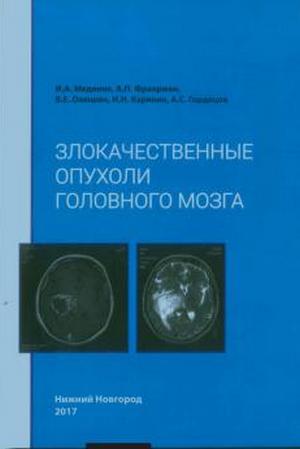 |
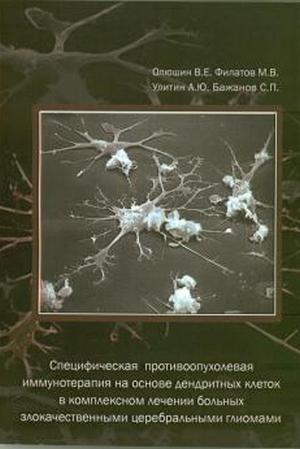 |
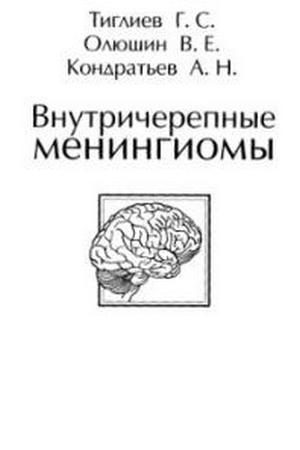 |
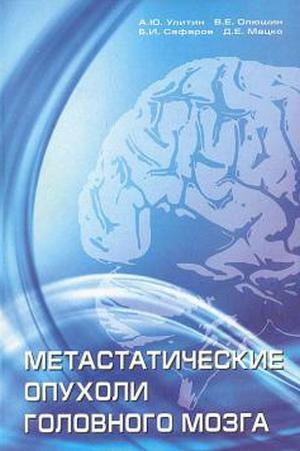 |
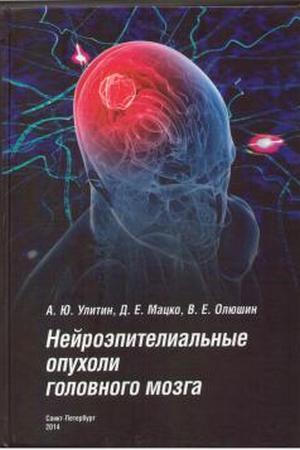 |
Fluorescence-Guided Resection of glial brain tumors with Fotoditazin /Rynda A, Olyushin V, Rostovtsev D, Zabrodskaya Y. //Journal of Surgery, 2018. Volume 6, Issue 5, Pages: 116-122. DOI:10.11648/j.js.20180605.12
Ivanova N.E. Efimova M.Yu. Olyushin V.E. And all. /Structure and Dynamics of Impairment in Neuro-Oncological Patients at the II Stage of Rehabilitation // J. Neurol.Neurosurg., 2018. — Vol.I. — P.1-5.
